For years I’ve chatted with smart, ambitious people and friends who want to start new projects or businesses. Often their visions are big. So they dream up equally big things their startups need: money, connections, resources. And that’s where they get stuck. They don’t have any of those things.
In 1978, an artist named Patricia came home to her husband and announced she quit her job at a newspaper. She just couldn’t stand it anymore. Occasionally, she’d have some of her art posted on the front page, which was great. But most of the time, the job was corporate tediousness.
Patricia’s husband Mel understood. He was a writer at the same newspaper. Sometimes he’d get an interesting assignment, but often he was stuck writing obituaries.
There was just one problem. He was sitting at home waiting to tell her the exact same thing. He had quit that day too.
Patricia and Mel were now both unemployed with little savings. To make ends meet, they took up freelance magazine assignments. But the income wasn’t consistent, and they could barely make rent.
They couldn’t stand working for someone else. But they couldn’t make enough money freelancing.
So, they decided to start a clothing store. But all they had in capital was next month’s rent, $1500. Could they start a store with this? Not likely. They sought out a bank loan. They were turned down. So how do they get past this?
The Oakland A’s have one of the lowest budgets of any baseball team in the United States. The owner’s cheap. Their stadium sucks. Fan attendance is terrible. If you’re going to see a game near Oakland, folks just go watch the Giants in San Francisco.
To make matters worse, back around 2002, the big teams with huge budgets kept scooping up their best players. The A’s couldn’t compete with the New York Yankees or Boston Red Sox who had a 100 million dollars to spend on players vs. the A’s 40 million.
To everyone’s surprise though, the A’s started winning games. A lot of them. The 2002 Oakland A’s won just as many games as the Yankees did that season. And the A’s put up streaks like 16-1 in June 2002, and ended the season with 20 wins in a row, one of the longest winning streaks in baseball history.
The A’s success was made famous in Michael Lewis’ book, Moneyball, and the Hollywood movie with the same name starring Brad Pitt. Moneyball publicized the strategy the A’s general manager, Billy Beane, used to win games.
He used statistical analysis, or Sabermetrics as it’s known in baseball, to find players that were overlooked by other teams. Players that might not look like typical all stars but somehow got on base a lot. He looked for old players past their prime. He even learned from statistics to avoid high school players traditional scouts valued. Sabermetrics showed that high school players’ performances weren’t a good predictor of Major League success.
Using these new analytics, they found cheap players who, in aggregate, replaced the numbers they lost when their stars joined other teams.
But something happened after the book came out in 2004. The A’s started losing again. Why? The competition started copying them. Other teams were now hiring their own statisticians, even stealing members of Billy’s management staff. The Red Sox hired the inventor of Sabermetrics, Bill James, and with their own Sabermetrics-created team and huge budget, the Red Sox won the 2004 World Series.
In response, Billy Beane started backing off of some of the things he’d learned from Sabermetrics. Since other teams were now avoiding high school players, those players became undervalued. In 2006, Billy spent his first two draft picks on high school kids. And that season he started winning again, taking the division and the first series of the playoffs.
And just like any ultra-competitive market, things changed again. The A’s found themselves losing their advantage and having to innovate.
In 2012 and 2013, Billy was on top once again, and the A’s won their division and made it to the playoffs. This time Billy was using less Sabermetrics and more an approach of: find cheap resources, configure them in different ways, and see what works.
Ted Baker, a professor at Rutgers Business School, argues in his paper, Winning an unfair game, The Oakland A’s weren’t successful because of statistical analysis. They were successful because of bricolage.
Bricolage is the construction of something new from a diverse range of available things – often cheap because people take them for granted or consider them garbage.
Billy Beane was assembling teams from garbage. No one wanted Scott Hatteberg after he was cut from the Rockies in 2002. He was a catcher who couldn’t throw because of an injury. Garbage. But Billy put him at first base where he didn’t have to throw and they could still take advantage of his great hitting.
Sean Doolittle is another example of a player who played first base but now wasn’t any good as a hitter because of an injury. So Beane gave him a shot on the mound in 2012 to see if he could go back to being a pitcher (which he played in high school and some of college). He turned out to be their best relief pitcher.
Sabermetrics helped Billy in 2002 and 2003, but when everyone started using it, what was once undervalued went up in price. So he looked for other ways to assemble cheap resources, often thrown away by other teams as garbage, until he found a new, valuable combination. That was always his game.
Patricia and Mel were stuck. They couldn’t afford to manufacture new clothes. So they bought surplus shirts for almost nothing. The seller was just happy to get them out of his warehouse.
The old shirts smelled terrible. But they didn’t have enough money to launder them. So they used their home washing machine one load at a time.
They didn’t have the money to rent a store, so they first started selling their shirts from a flea market. When that did ok, they found a store to rent for $250 a month – dirt cheap even in 1980’s prices. Why was it so cheap? Again, it was garbage no one wanted. The store had to stay unlocked at night so that students of the martial arts school upstairs had an entrance open for evening classes. No legitimate retailer would rent a store they couldn’t lock.
They wanted to create a catalog. But they couldn’t afford the glossy, thick, bound ones their competition had. So, Mel wrote his own. They couldn’t afford photos. So, Patricia drew pictures of their clothes. They stapled, addressed, and mailed them all themselves.
They couldn’t even afford shelves for their store, so they used wooden fruit crates Mel found in the garbage outside a market.
On and on, Mel and Patricia made do with what they had on hand, often, literally, garbage.
When Patricia and Mel were deciding on a name for their company, they thought about the surplus clothing they were buying. Most of it from unstable tropical countries. Aha. The perfect name of their business would be: Banana Republic.
Patricia and Mel Ziegler founded Banana Republic which they sold to The Gap in 1983, and continued to run for 5 years after the acquisition. During Patricia and Mel’s tenure, Banana Republic became one of the most successful apparel retailers in the world, with more revenue per square foot of retail space than any other retailer in the United States – double the national average.
Of course they had more resources and capital than they knew what to do with after the Gap acquisition, but the only way they got there, the only way they got to that point and out-competed everyone else, was doing the same thing Billy Beane’s been doing. They went with what they had on hand or could find in the trash. They refused to reach for things they couldn’t acquire. They didn’t sit around wishing the universe would change to meet their dreams.
As you can read in the wonderful story Patricia and Mel Zielgler wrote about their founding of Banana Republic in Wild Company, Mel and Patricia probably lucked out finding those jobs at that newspaper prior to Banana Republic. That’s afterall where they learned journalism’s classic proverb: “Go with what you’ve got.”
P.S. You should follow me on Twitter: here for more articles.

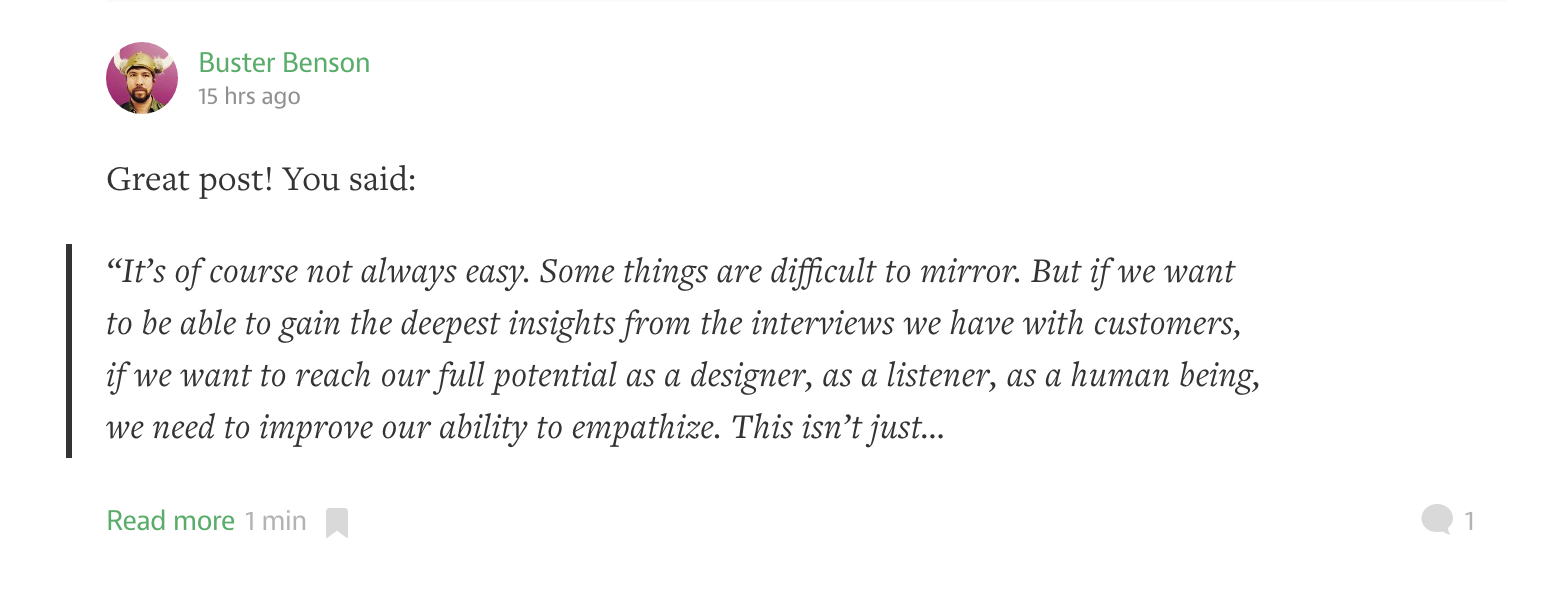

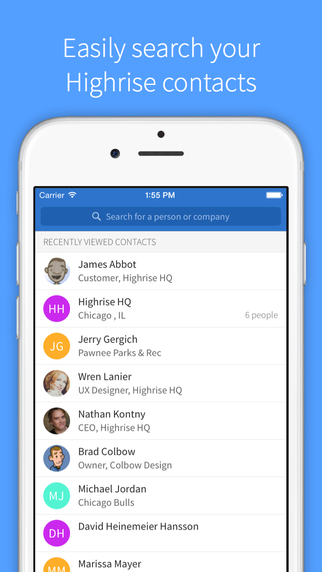
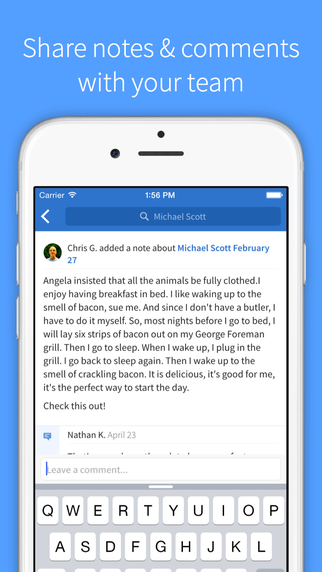
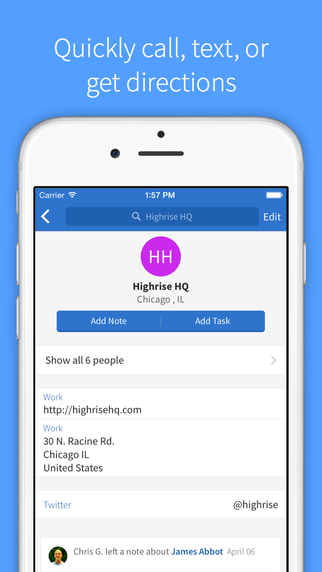
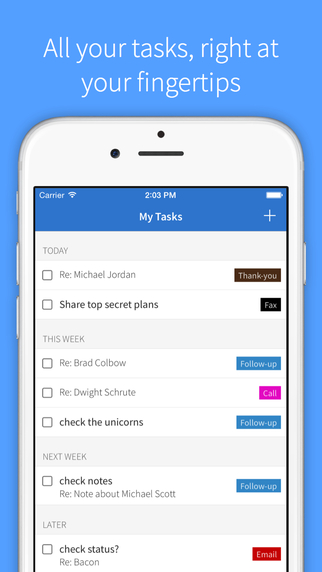
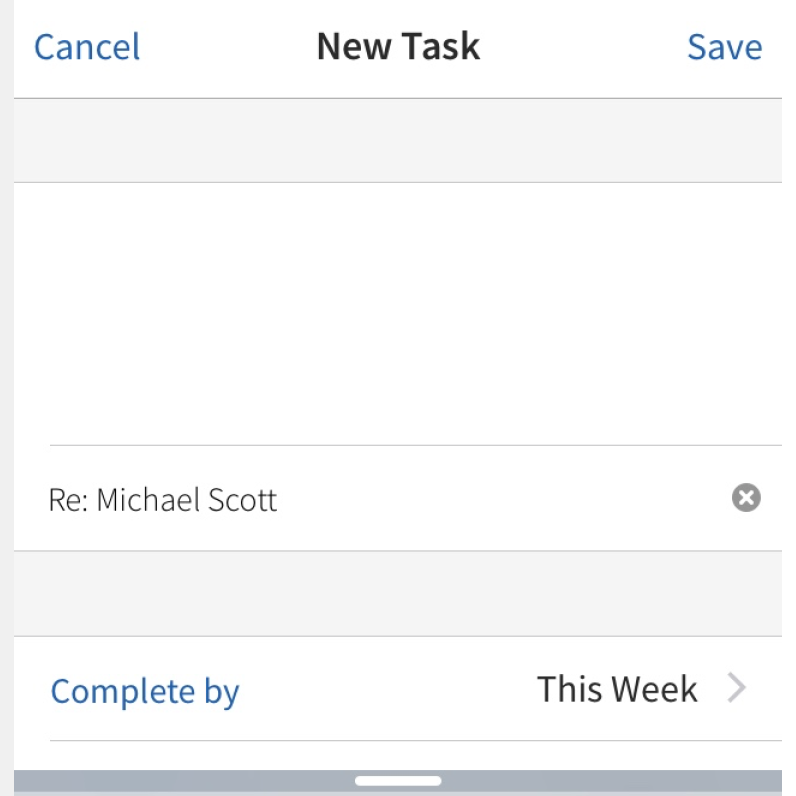
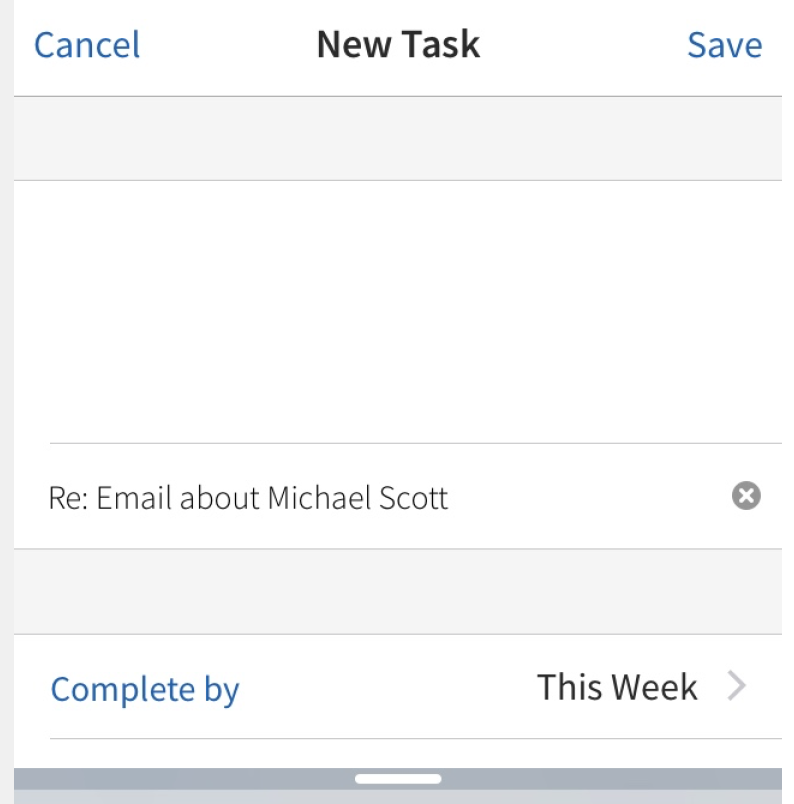
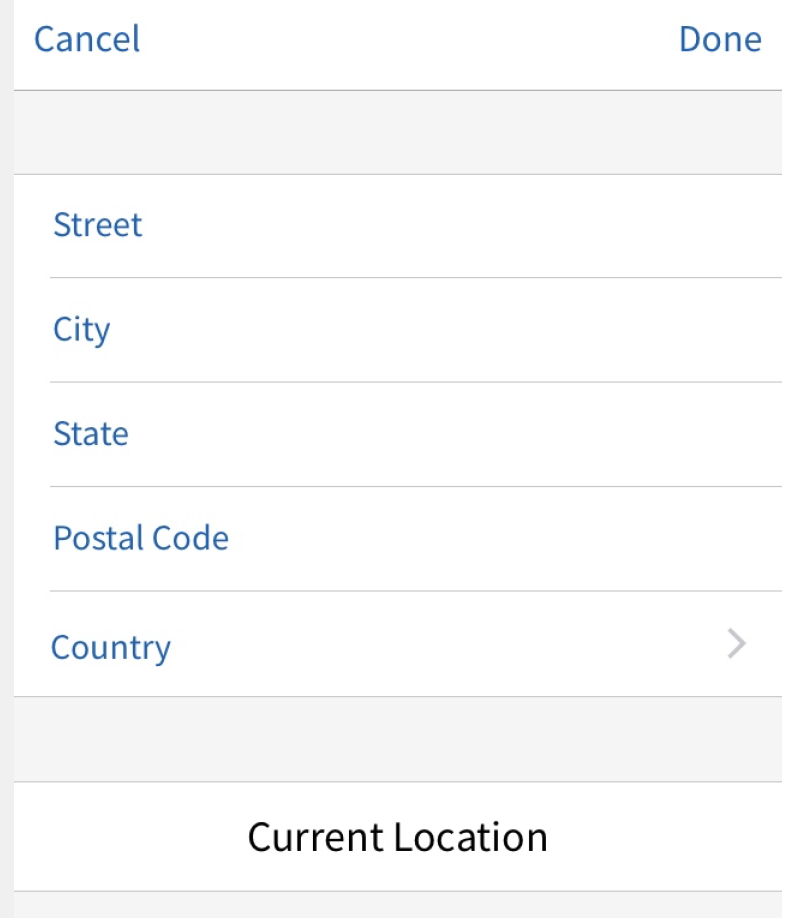
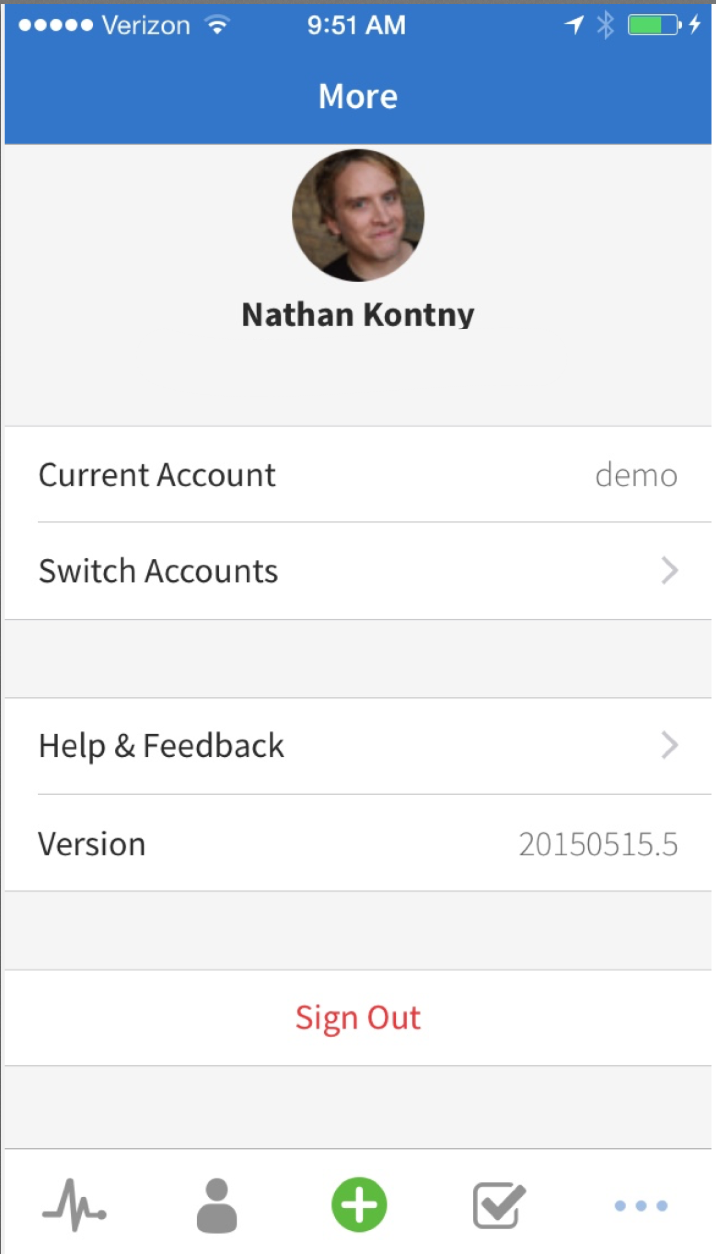
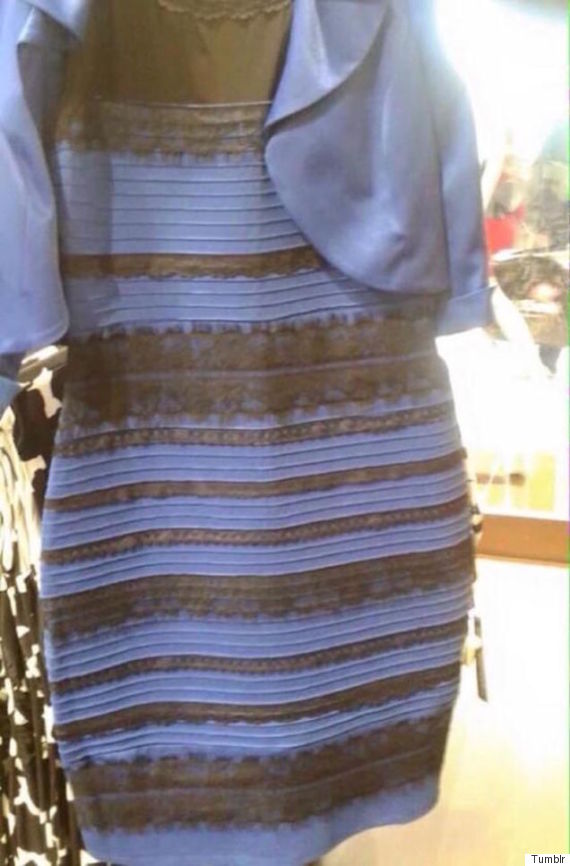 The photo of #thedress was taken by Cecilia Bleasdale, the mother of a bride-to-be, who wanted to show her daughter and bridal party what she'd be wearing at her daughter's wedding.
The photo of #thedress was taken by Cecilia Bleasdale, the mother of a bride-to-be, who wanted to show her daughter and bridal party what she'd be wearing at her daughter's wedding. 
